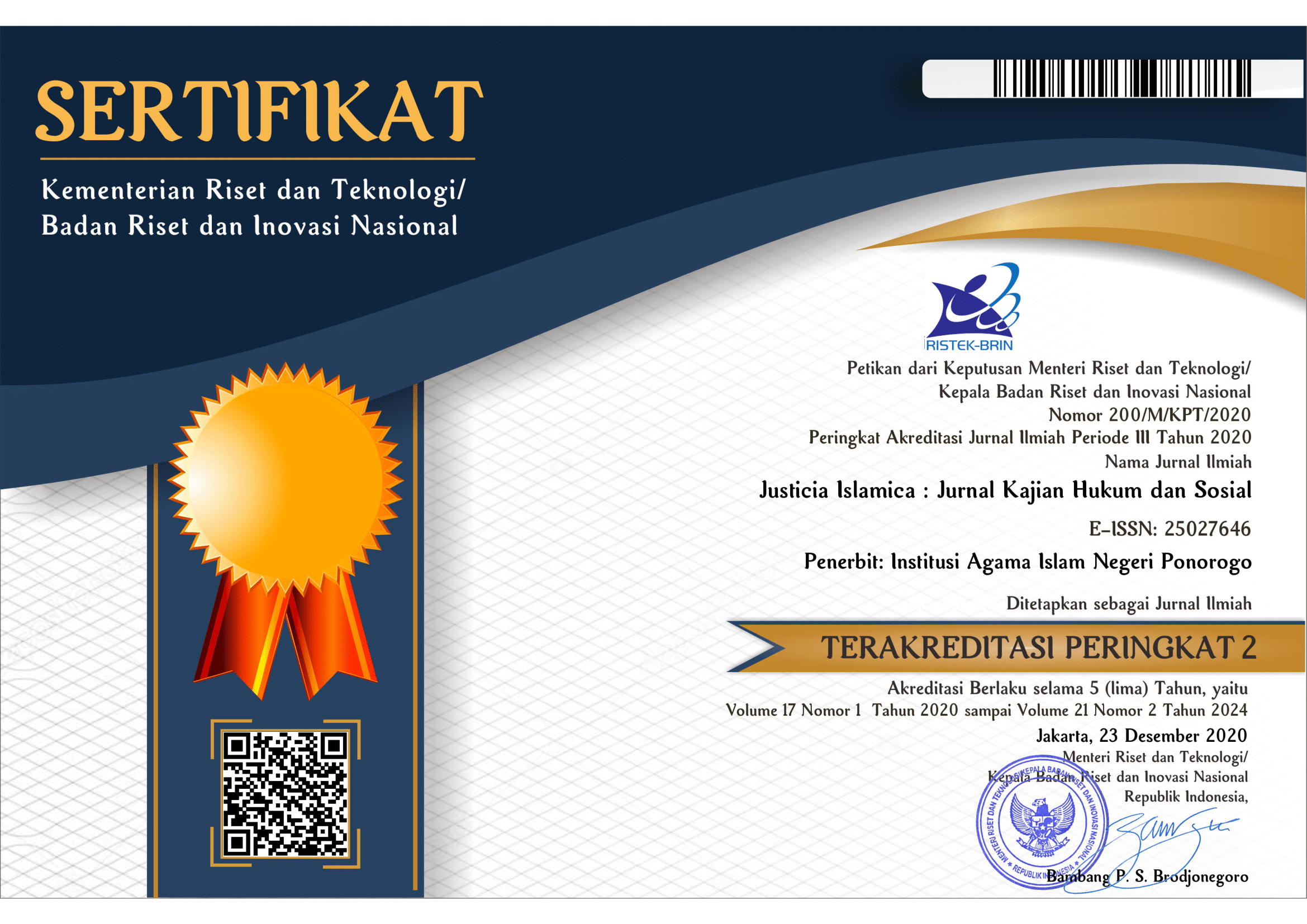Ijtihad Istinbati dan Tatbiqi
Keywords:
Ijtihad; Islamic law; contextualizationAbstract
This study aims to examine the concept of ijtihad istinbati and ijtihad tatbiqi in the context of Islamic law development that is adaptive to social reality. Ijtihad istinbati focuses on determining the law based on shar'i principles, while ijtihad tatbiqi emphasizes the application of the law in the actual context. This study uses a qualitative method with a literature review approach, examining classical and contemporary works of ushul fiqh that discuss the dynamics of ijtihad. The results show that the integration of the two types of ijtihad is very important in answering modern legal issues. Ijtihad istinbati provides a normative foundation, while ijtihad tatbiqi guarantees the relevance of the law to changing social conditions. This study emphasizes that the balance between text and context is key in developing Islamic law that is responsive and solution-oriented to the challenges of the times.
References
.
Downloads
Published
Issue
Section
License

This work is licensed under a Creative Commons Attribution-ShareAlike 4.0 International License.
Requirements to be met by the author as follows:
- Author storing copyright and grant the journal right of first publication manuscripts simultaneously with licensed under the CC BY-SA allows others to share the work with a statement of the work's authorship and initial publication in this journal.
Authors can enter into the preparation of additional contractual separately for the non-exclusive distribution of a decadent version of the journal issue (e.g., post it to an institutional repository or publish it in a book), with the recognition of initial publication in this journal.
Authors are allowed and encouraged to post their work online (e.g., in institutional repositories or on their website) before and during the submission process because it can lead to productive exchanges and citations earlier and more severe than published works. (see The Effect of Open Access).
This work is licensed under CC BY-SA.


















